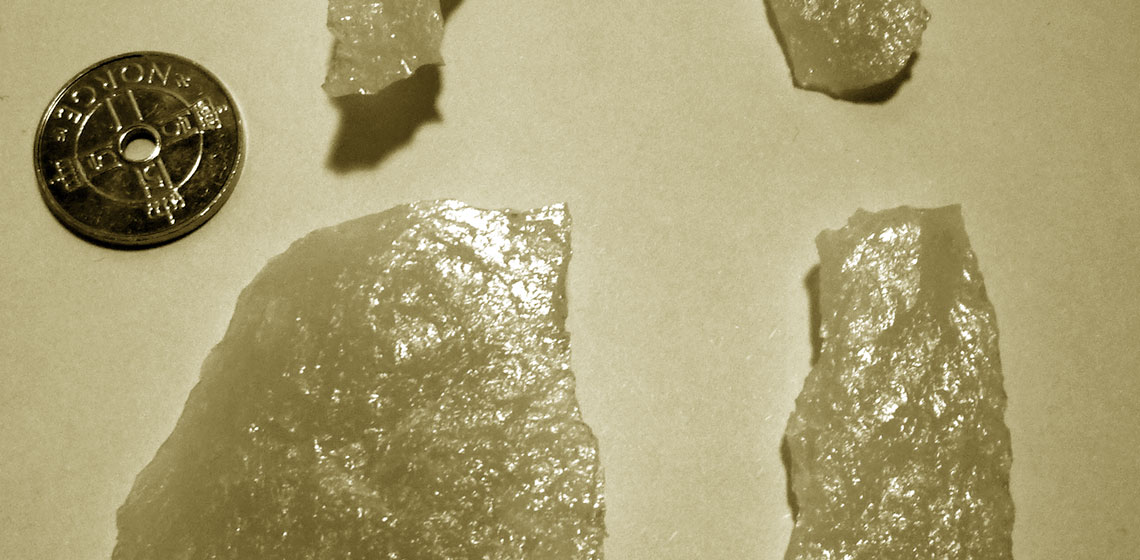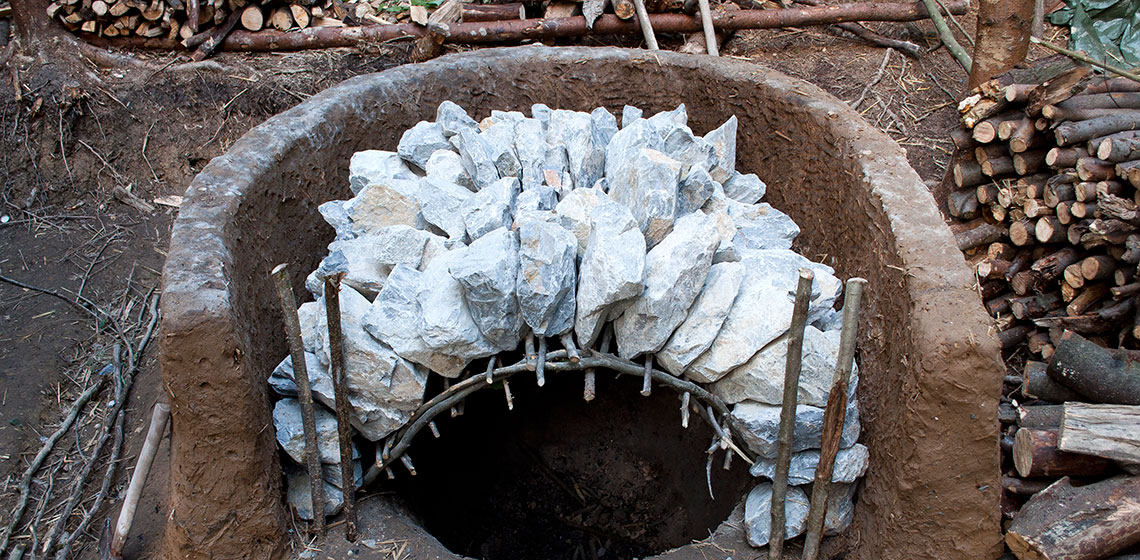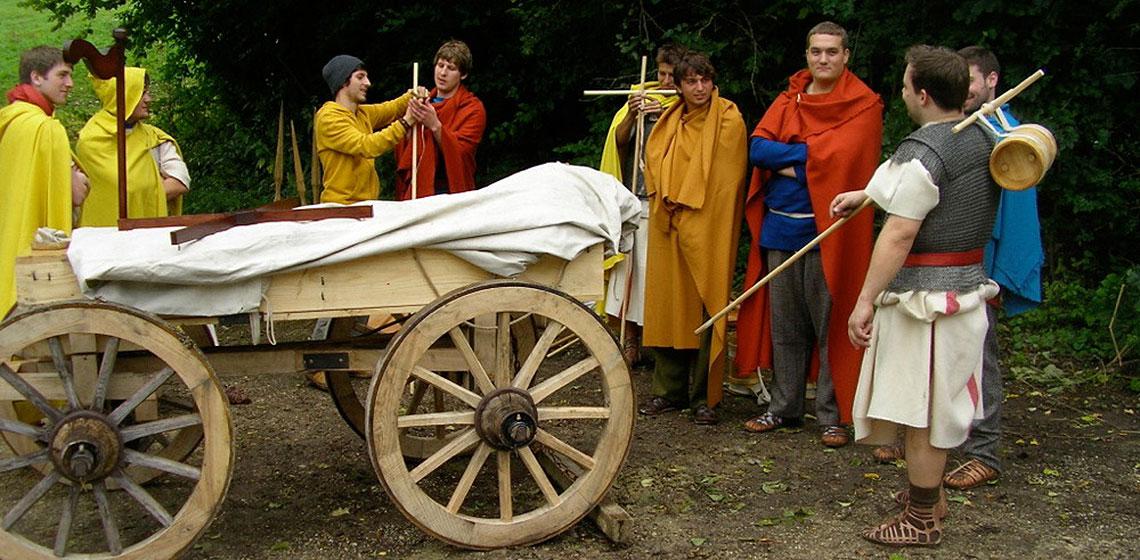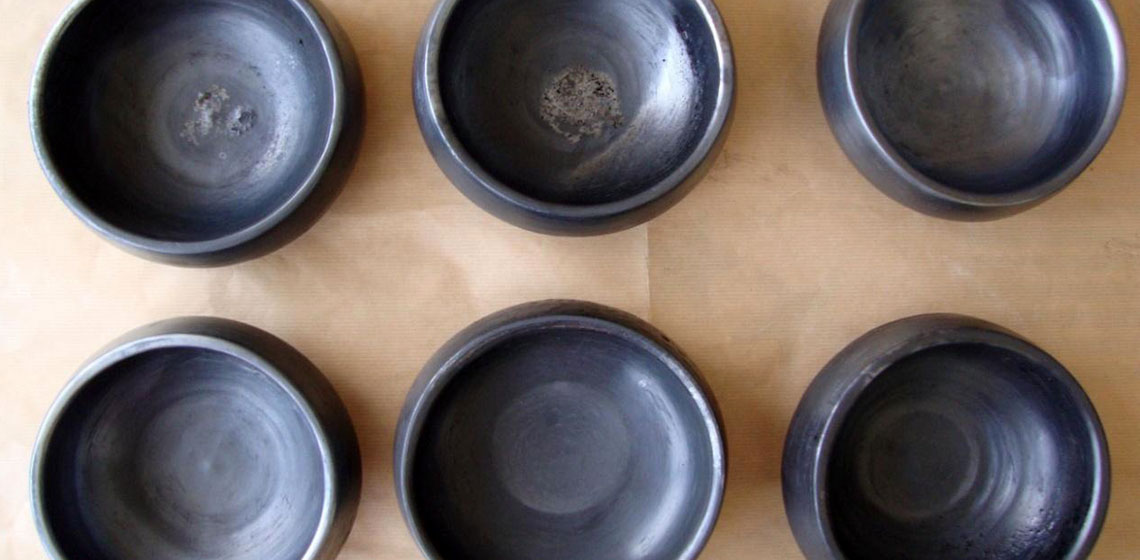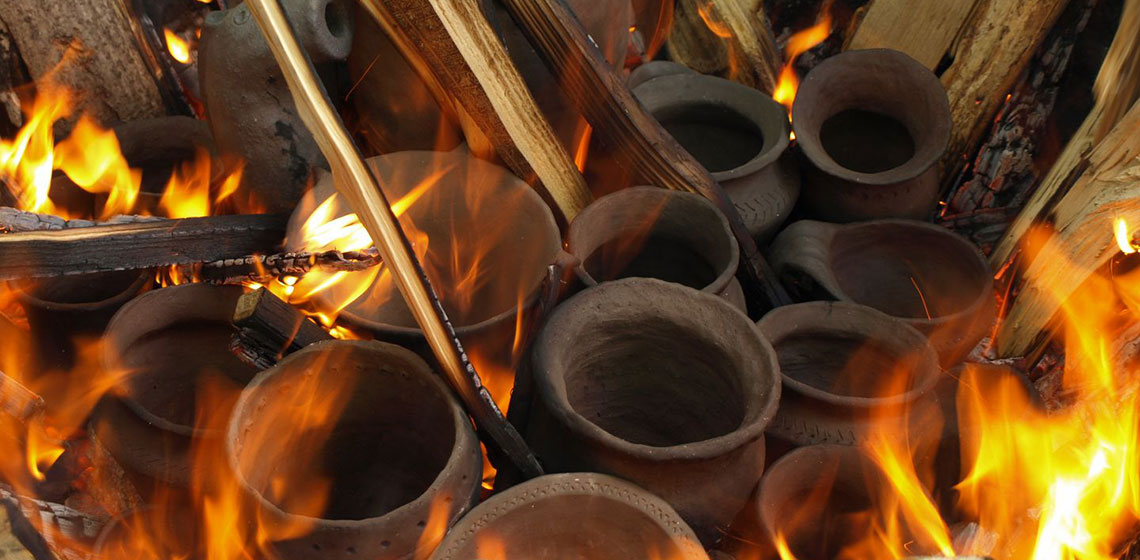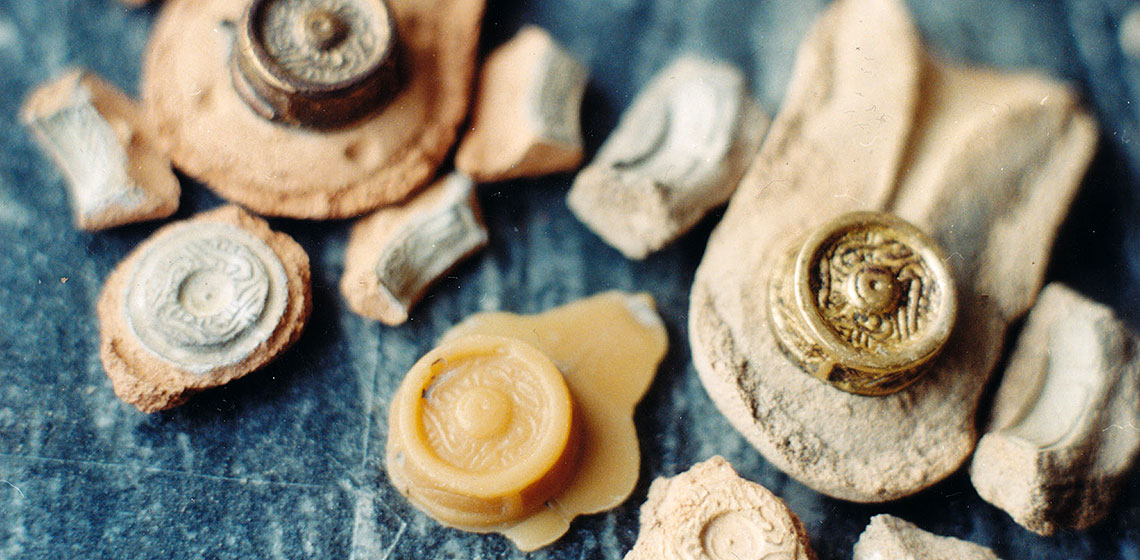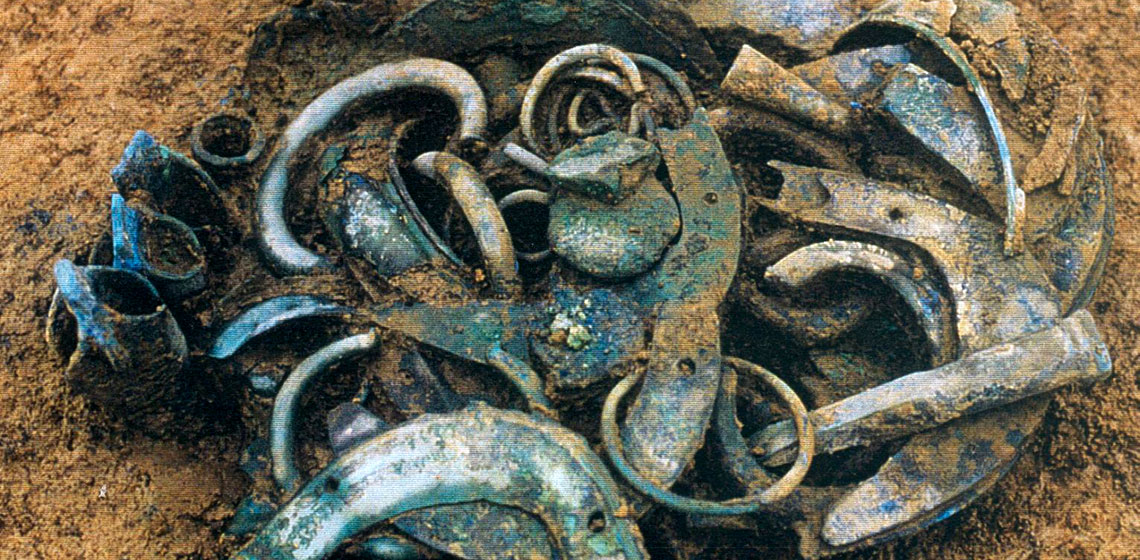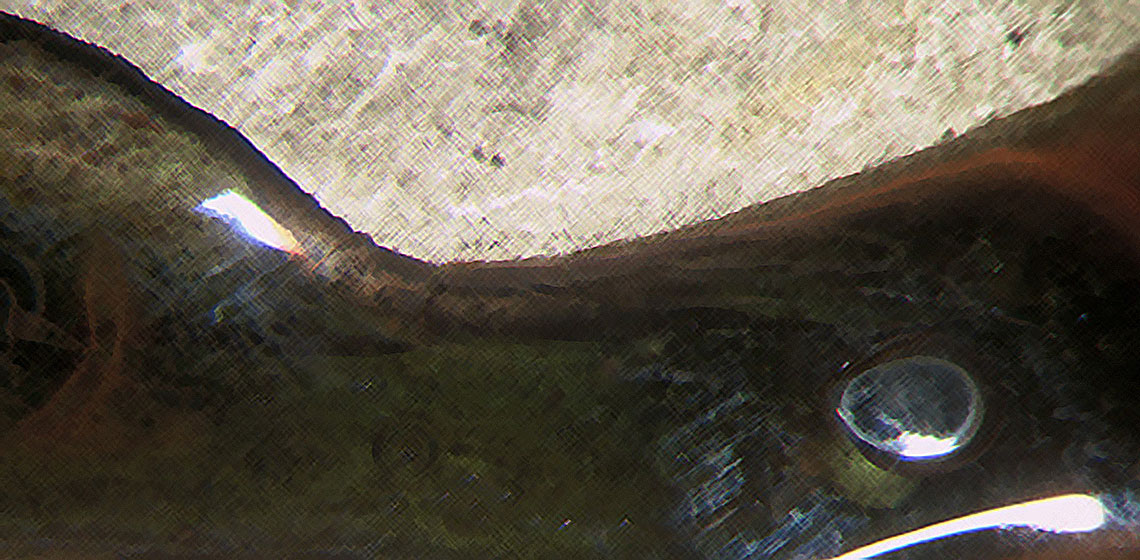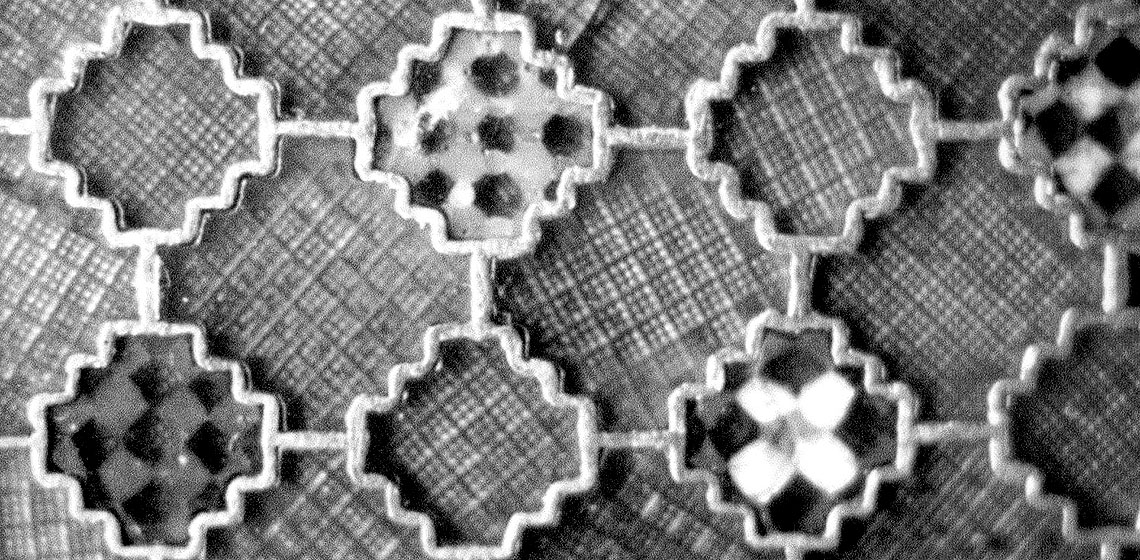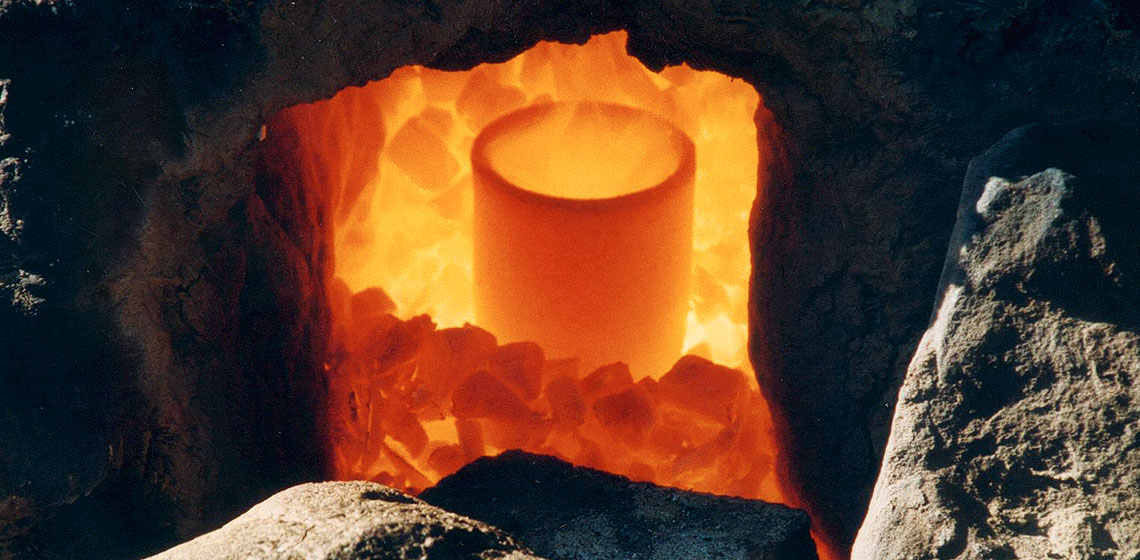Lithic Experiments in Rescue Archaeology: a Case from Southern Norway
To test whether or not the form of the discovered quartz was a result of prehistoric technological choices, a fracture analysis on collected vein quartz from Aust-Agder County was conducted1 . Lithic experimentation is traditionally associated with either institutionalized academic research or post-production phases of excavations.

